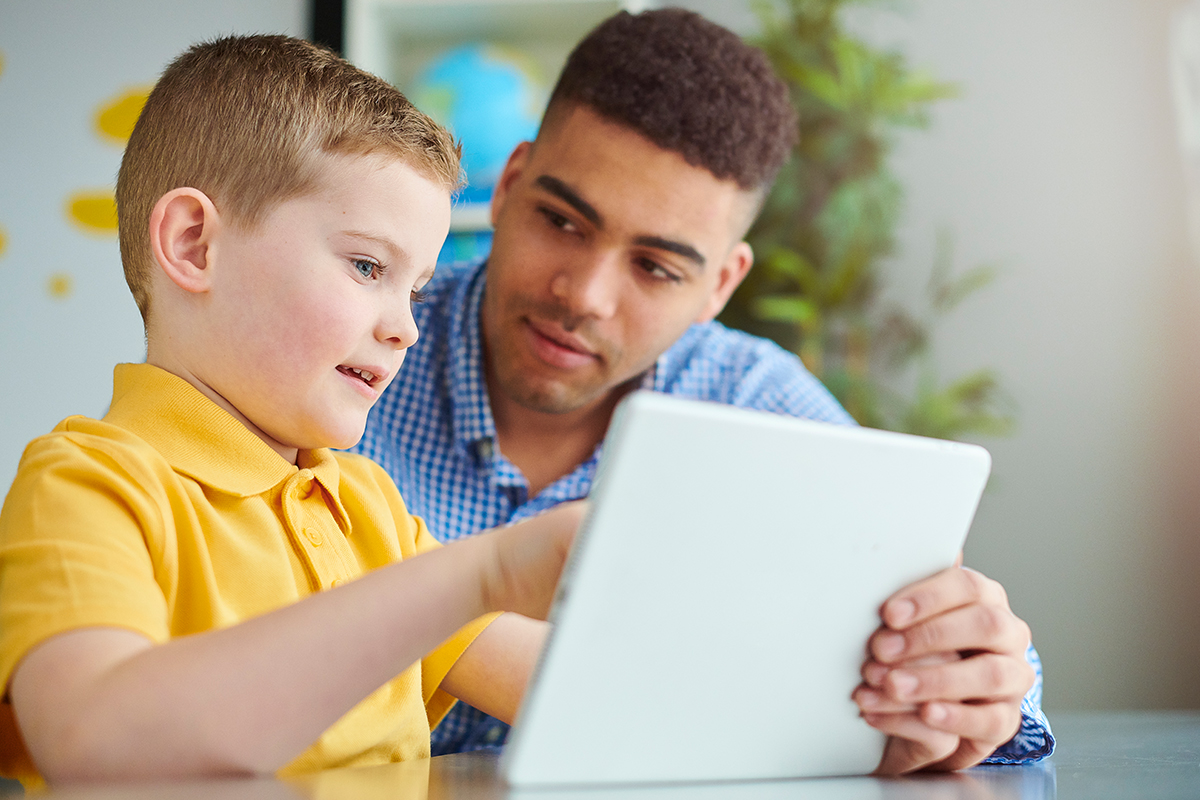With local educational agencies beginning to reopen campuses or get into the swing of virtual learning, significant resources will be needed to help students overcome a summer slide made worse by the “COVID slide,” according to a new study.
The report released Aug. 25 by Illuminate Education — “COVID Slide: Research on Learning Loss & Recommendations to Close the Gap” — notes that children in kindergarten through grade 5 will experience two to four months of learning loss overall.
K-2 students are likely to return with reading loss of about two months, while oral reading fluency loss is expected to be most pronounced among fifth-graders, according to the report. Meanwhile, gaps in math are expected to be highest across K-5 grades, with projections showing four months of learning loss.
Researchers did find, however, that gaps are expected to be less pronounced in students who frequently interacted with teachers than in those who did not. Additionally, there are a number of practices that LEAs can put into place to ensure students’ academic needs are met.
“The data are telling us what we already suspected: this fall, educators need to be ready to use the appropriate tools to identify and contend with student learning loss, particularly in grades K-2,” John Bielinski, one of the authors of the study, said in a statement. “Now more [than] ever, screening will be instrumental in understanding where the biggest learning gaps are, and our team will be watching closely to provide guidance where we can with the most up-to-date information.”
Researchers recommend that elementary school educators plan a multi-tiered system of supports to address these anticipated learning gaps. These supports should include fall screenings as a critical component in determining each student’s level of learning loss, as well as spending additional time on reading and math instruction in early grades to bridge the gaps in those core subjects.
It is also vital that disparities in digital access that impact how engaged students are during remote learning are addressed. Since students who participated in frequent virtual interactions with teachers will likely have smaller losses than students who did not, school leaders must understand their students’ access to technology when planning instruction this fall.
To support students and make up expected COVID-19 learning loss, researchers recommend schools:
- Conduct fall screenings to identify the largest learning gaps and address these through intensified Tier 1 instruction.
- Focus on strong core instruction within school-wide social-emotional behavior supports so that students are mentally and emotionally ready to resume learning.
- Look to benchmarks as the goal for all students to return to but understand that Rate of Improvement is the key metric to focus on when conducting progress monitoring this school year.
- Front load intervention and progress monitoring as quickly and efficiently as possible for students well below norms rather than requesting a special education evaluation as you might in typical school years.
The findings in this report echo those from an April study released by the education nonprofit NWEA used MAP Growth Assessment data from more than 5 million U.S. students, along with existing research on seasonal learning loss, to estimate the potential impact of COVID-related closures on student learning in mathematics and reading. Their projections also suggested that the impact of COVID-related disruptions to student learning will be substantial, particularly in math.
That brief estimated that the average growth trajectory in reading for students in grades 3-8 would be about 70 percent of what would be expected in a typical school year. For math, however, students’ estimated average learning gains would drop to about 50 percent of what one would expect under normal conditions for grades 3-8. In some grade levels, the researchers estimated the loss of almost a full year of gains in math.




